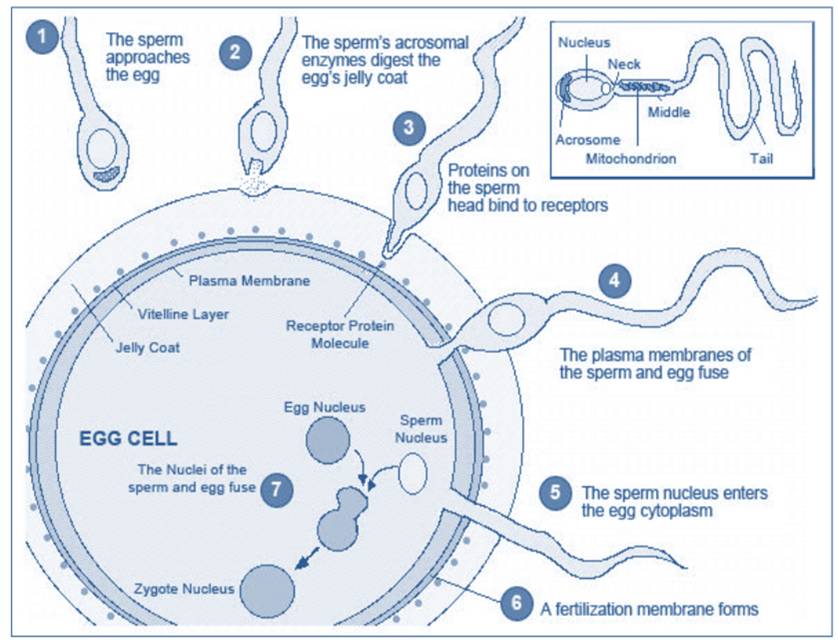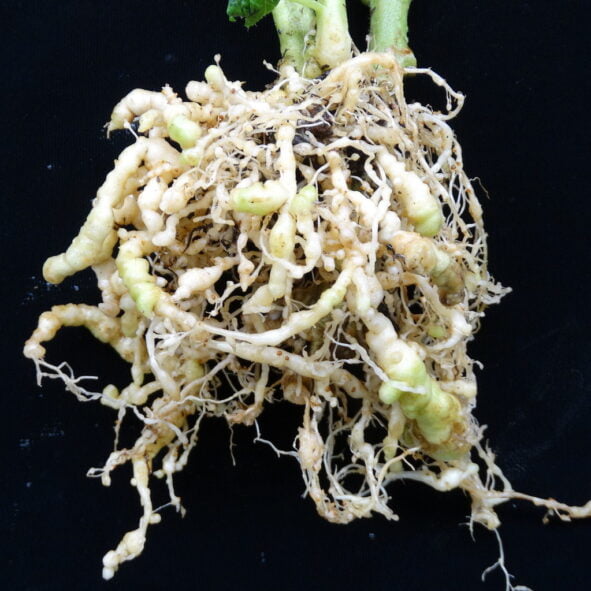Indian Sericulture Industry: The Indian sericulture industry has a rich history and plays a significant role in the country’s rural economy. Sericulture involves the cultivation of silkworms and the production of silk, which has both domestic and international markets. While the industry has shown promise, it also faces certain challenges. Here’s an overview of the prospects and problems of the Indian sericulture industry:
Prospects and problems of Indian Sericulture Industry
Prospects of Indian Sericulture Industry:
Sericulture is an agro-based and economically rewarding endeavor consisting of several sets of activities and plays a predominant role in shaping the economic destiny of the rural people or to farmers with a lot of employment potentially. The production process of silk contains a long chain of interdependent practices i.e, cultivation of mulberry plant and other variety of plants, silkworm, seed production, silkworm rearing, silk production, twisting, warp and weft making, dyeing and printing, designing of silk garments, spun silk production, finishing of silk fabric etc, that provides medium of livelihood to semi urban and rural people. ‘Prospects and problems of Indian Sericulture Industry’
The Indian agriculture sector is highly blessed with favorable climatic conditions throughout the year and availability of human resources remains the advantage to the silk industry. Sericulture sector provides rich dividends or gain with low investment and profitable return within short gestation period and provides employment throughout the year to people. It is obvious that Sericulture plays an important role in the economic development of the country by generating employment, income, as well as foreign exchange.
- Traditional Craftsmanship: India has a long history of sericulture and silk weaving, contributing to a rich tradition of craftsmanship. This heritage can be leveraged to create high-quality silk products that appeal to both domestic and international consumers.
- Wide Variety of Silk: India produces a diverse range of silk types, including mulberry, tasar, eri, and muga silk. This variety offers opportunities to cater to different market segments with unique textures and properties.
- Employment Generation: Sericulture provides employment opportunities in rural areas, particularly for women and marginalized communities. It contributes to livelihoods and income generation in sericulture-producing regions.
- Export Potential: India is a significant exporter of silk and silk products. The growing demand for natural and eco-friendly fibers in the global market presents export opportunities for Indian silk.
- Value Addition: There is potential for value addition through innovation in silk processing, dyeing, and weaving techniques. This can result in a wider range of products, attracting diverse consumer preferences.
- Organic and Sustainable Trends: The demand for organic and sustainable products is on the rise. Silk, being a natural fiber, aligns well with these trends, positioning Indian silk favorably in the global market.
Problems of Indian Sericulture Industry:
Sericulture is agro-based sector and it is ideally suited for improving the rural economy of the country, as it is practiced as a subsidiary industry to agriculture, it is hindered by various factors which are imports of cheap and alternative textiles from other Asian neighbors, primitive and unscientific “reeling” and “weaving” techniques, use of outdated manufacturing technology, use of non-graded and diseased seeds, use of poor quality seeds, low production of bivoltine seeds, huge unorganized and decentralized sector, high production cost, poor knowledge of farm disease amongst farmers, poor supply chain management, recurring droughts and increased import of silk from China and accompanied with the following problems like: “Prospects and problems of Indian Sericulture Industry”
- Quality Control: Maintaining consistent quality standards in sericulture and silk production remains a challenge. Variability in cocoon quality affects the final product’s value and appeal.
- Lack of Modernization: Many aspects of sericulture, especially in rural areas, continue to rely on traditional methods. The industry needs to modernize to improve efficiency, reduce losses, and meet changing market demands.
- Disease Management: Silkworm diseases, particularly those caused by viruses and pathogens, can lead to substantial losses. Developing disease-resistant silkworm strains and effective management practices is crucial.
- Fragmented Land Holdings: Fragmentation of land holdings in rural areas can lead to limited sericulture scale and productivity. Encouraging cooperative models and providing access to modern farming practices can address this issue.
- Lack of Skilled Labor: Skilled human resources are essential for various stages of sericulture, from mulberry cultivation to silk weaving. The shortage of skilled labor can hinder production and growth.
- Market Competition: The Indian sericulture industry faces competition from other silk-producing countries. Maintaining a competitive edge requires consistent quality, innovation, and cost-effective production.
- Climate Change: Climate variability can impact the availability of mulberry leaves and affect silkworm growth. Climate change mitigation and adaptation strategies are essential to ensure sustained production.
- Limited Research and Development: Investment in research and development for sericulture practices, disease resistance, and value addition is essential to drive innovation and improve the industry’s overall performance.
- some of oher problems faced by Indian sericulture industry
- Price fluctuation
- Absence of proper market
- Long distance to market
- Lack of transport facilities
- Absence of storage facilities
- Poor information on market trend
- Lack of finance
- Lack of Awareness in rural area
The Indian sericulture industry has the potential to flourish and contribute significantly to rural development and the country’s economy. Addressing the challenges it faces requires a collaborative effort between the government, industry stakeholders, and research institutions to modernize practices, enhance quality, and tap into emerging market trends.
 |
| Silk Map of India |




